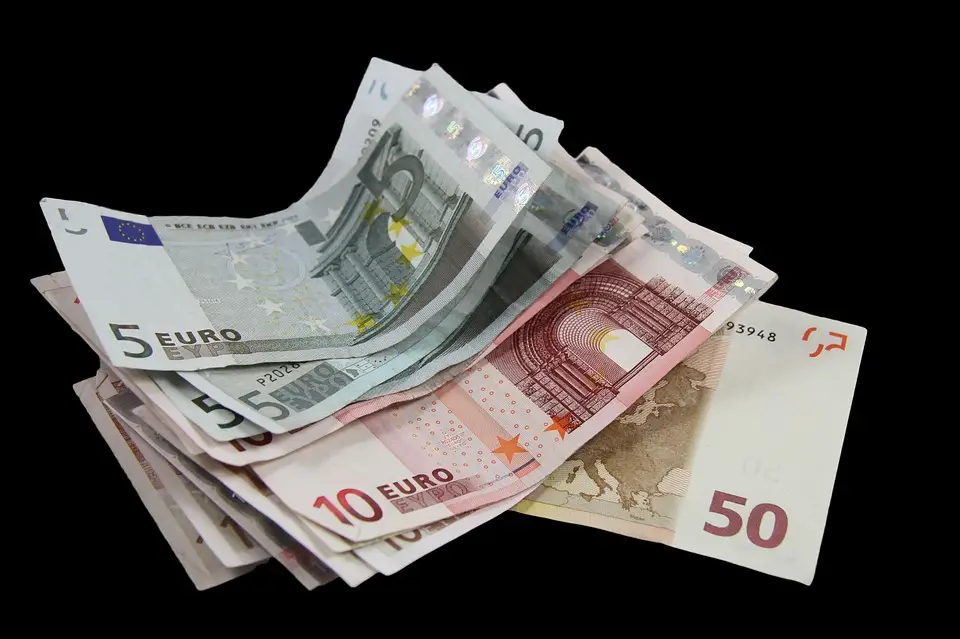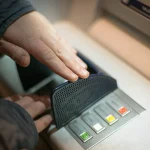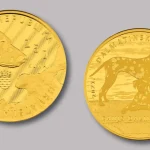As Poslovni Dnevnik writes, rapidly approaching Croatian Eurozone accession requires very many adjustments. While there won’t be much work in the conversion of cashless payments, cash payments bring a series of challenges for everyone – from people to banks, companies and shops, reports HRT.
Most of the total of Croatian 4,700 ATMs, which are of course all active during the winter months, will have to be adapted for euro banknotes in the very last weeks of December, making them unavailable for Croatian kuna withdrawals.
Filling ATMs with euro banknotes will be an extremely demanding job operationally speaking. In most ATMs, certain parts will have to be physically replaced.
“The whole process of adapting Croatian ATMs starts with the adaptation of the cassettes themselves, in which the banknotes come out, since the euro banknotes have different dimensions than the kuna banknotes have. As we have a lot of ATMs across the Republic of Croatia, this is going to be a rather long-term process where all the ATM cassettes should be adapted,” explained Tihomir Mavricek, executive director of the Cash Sector of the Croatian National Bank (CNB).
The problem is that at most of Croatia’s ATMs, the adjustment to euros means that they will not be available for the withdrawal of kuna for a certain number of days, and the uncomfortable timing comes in the form of it being just before the Christmas season where there are significantly increased levels of consumption. On top of that, not all ATMs will be ready for euros by the date of Croatian Eurozone accession, ie the 1st of January, 2023.
“During the month of December, we’ll visit more than 60% of the ATMs maintained by our company in the field, and prepare them to work with the new currency. The first euros will be available to people for withdrawal at certain ATMs in Croatia as early as January the 1st, 2023, according to the criteria of regional coverage and the frequency of use of those ATMs, which are determined by the banks,” the Payten company announced.
Not all ATMs are equal, however, and those within the OTP banka system can be remotely ”induced” to pay out either kuna or euros.
“All of our ATMs will be in operation for withdrawing money every day during the month of December, and at the same time they’ll be ready to pay out euros from January the 1st, 2023,” OTP banka announced.
Despite intensive preparations, it will still be technically impossible to avoid days without interruption of withdrawals of kuna or euros at most ATMs as Croatian Eurozone accession gets closer, but the CNB has assured that everything related to this process must be published and made accessible to people on the banks’ official websites.
“Even if we’re in a situation in which not all ATMs are available for euro withdrawals, people don’t need to worry about it, since during the first two weeks following Croatian Eurozone accession it will remain possible to pay for things in both kuna and euros in shops, while merchants are obliged to return the rest in euros, of course, wherever it’s possible to do so,” explained Mavricek.
While cash payments during the last weeks of December and the first weeks of January will be difficult for many people, POS systems and card payments should continue being carried out without any interruptions or issues.
For more on Croatian Eurozone accession and how it’s going to affect daily life, make sure to keep up with our politics and lifestyle sections.











